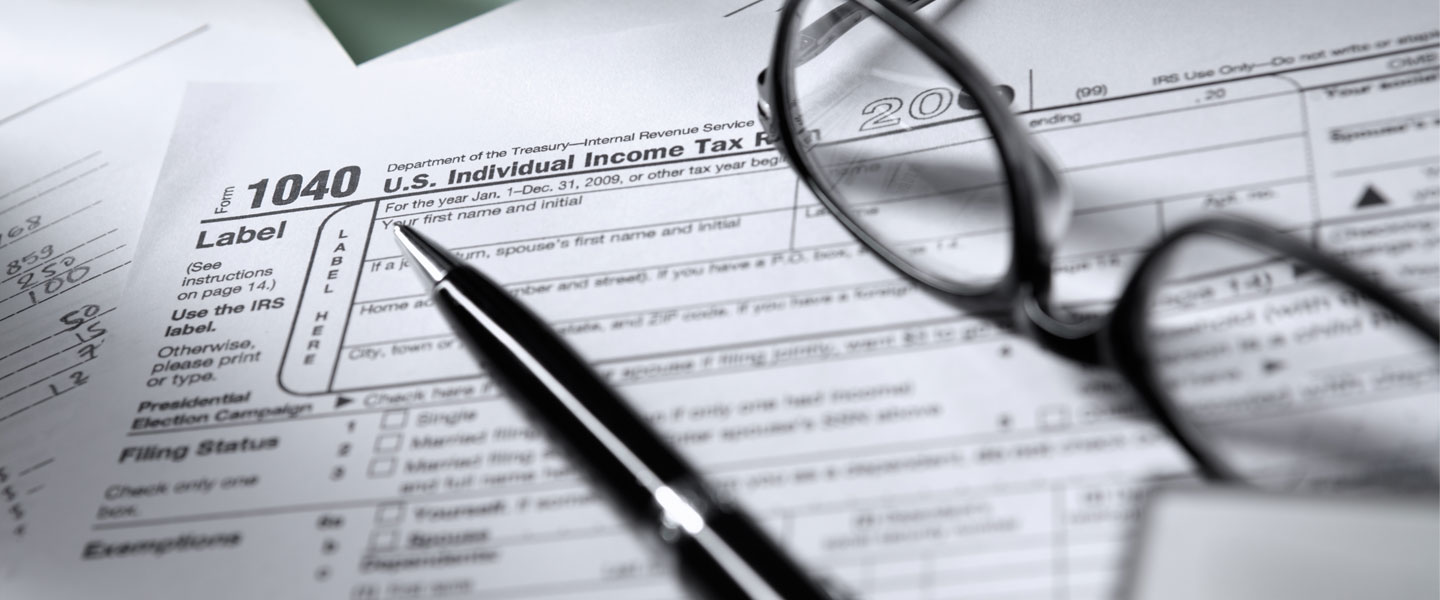Common errors you should avoid when preparing your tax return.
Electronically filing a tax return reduces errors because the tax software does the math, flags common errors and prompts taxpayers for missing information. It can also help taxpayers claim valuable credits and deductions.
Using a reputable tax preparer – including certified public accountants, enrolled agents or other knowledgeable tax professionals – can also help avoid errors.
The IRS urges all taxpayers to file electronically and choose direct deposit to get their refund faster and avoid pandemic-related paper delays. IRS Free File offers online tax preparation, direct deposit of refunds and electronic filing, all for free. Some options are available in Spanish.
Here are some common errors taxpayers should avoid when preparing a tax return:
- Missing or inaccurate Social Security numbers. Each SSN on a tax return should appear exactly as printed on the Social Security card.
- Misspelled names. Likewise, a name listed on a tax return should match the name on that person’s Social Security card.
- Incorrect filing status. Some taxpayers choose the wrong filing status. The Interactive Tax Assistant on IRS.gov can help taxpayers choose the correct status especially if more than one filing status applies. Tax software also helps prevent mistakes with filing status.
- Math mistakes. Math errors are some of the most common mistakes. They range from simple addition and subtraction to more complex calculations. Taxpayers should always double check their math. Better yet, tax prep software does it automatically.
- Figuring credits or deductions. Taxpayers can make mistakes figuring things like their earned income tax credit, child and dependent care credit, and recovery rebate credit. If someone is eligible for a recovery rebate credit – and either didn’t receive Economic Impact Payments or received less than the full amounts – they must file a 2020 tax return to claim the credit even if they don’t usually file. The Interactive Tax Assistant can help determine if a taxpayer is eligible for tax credits or deductions. Tax software will calculate these credits and deductions and include any required forms and schedules.
- Incorrect bank account numbers. Taxpayers who are due a refund should choose direct deposit. This is the fastest way for a taxpayer to get their money. However, taxpayers need to make sure they use the correct routing and account numbers on their tax return.
- Unsigned forms. An unsigned tax return isn’t valid. In most cases, both spouses must sign a joint return. Exceptions may apply for members of the armed forces or other taxpayers who have a valid power of attorney. Taxpayers can avoid this error by filing their return electronically and digitally signing it before sending it to the IRS.
- Filing with an expired individual tax identification number. If a taxpayer’s ITIN is expired, they should go ahead and file using the expired number. The IRS will process that return and treat it as a return filed on time. However, the IRS won’t allow any exemptions or credits to a return filed with an expired ITIN. Taxpayers will receive a notice telling the taxpayer to renew their number. Once the taxpayer renews the ITIN, the IRS will process return normally.





